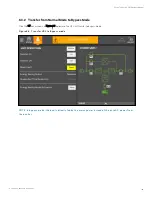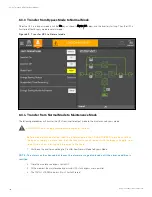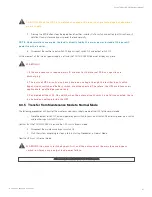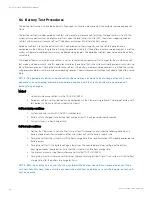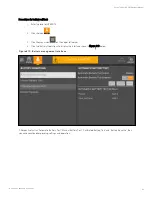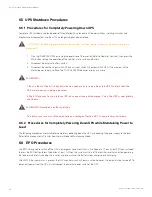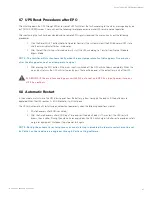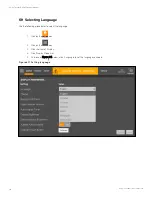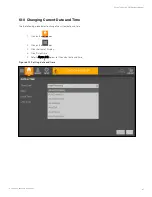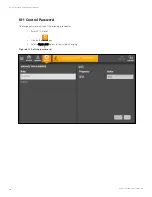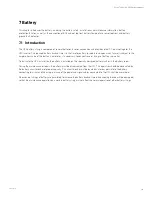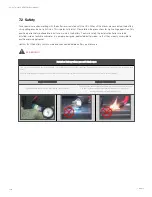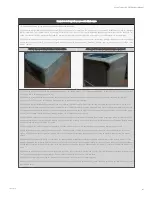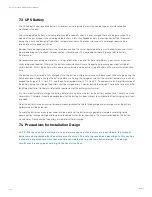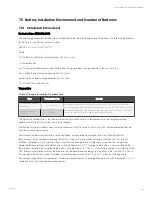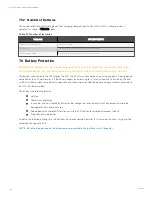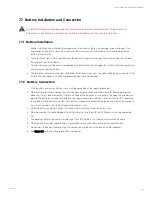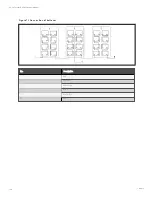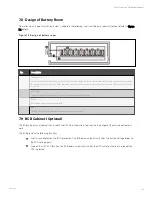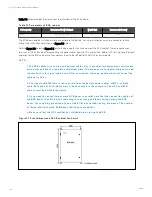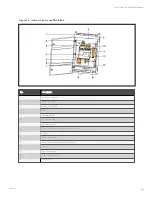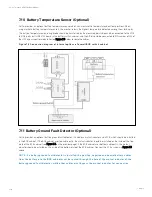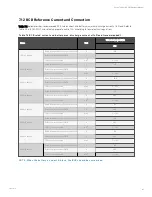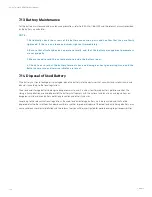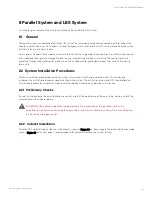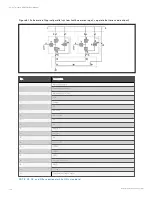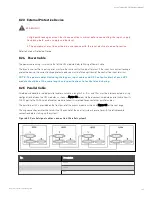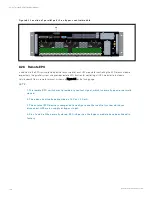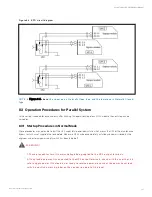
7.3 UPS Battery
The UPS adopts valve-regulated battery. At present, 'valve-regulated' means the 'sealed type' or 'maintenance free'
mentioned in the past.
The valve-regulated battery is not completely sealed, especially when it is over-charged, there will be gas escape. The
volume of the gas escape in the valve-regulated battery is less than flooded battery (water injection battery). However,
during the installation design of the battery, temperature rise shall be taken into account, and enough room shall be
reserved to ensure good ventilation.
Besides, the valve-regulated battery is not maintenance free. The valve-regulated battery must be kept clean, and it shall
be inspected regularly to check if the connection is reliable, and if it is corroded. For details, please refer to Battery
Maintenance.
We recommend connecting no more than 4 strings of batteries in parallel. Batteries of different types, names or newness
shall not be used together. Otherwise, the battery inconsistency will cause frequent over-discharge or under-charge of
certain battery. At last, the battery will have premature failure, and the entire string of battery will have insufficient backup
time.
The battery must be stored in fully charged state. The battery will lose certain capacity because of self discharge during the
transportation or storage. Charge the battery before use. During the storage, ensure that the ambient temperature shall not
exceed the range of -15 °C to +45 °C, and the optimal temperature is 20 °C to 25 °C. To compensate for the self discharge of
the battery during the storage, the battery shall be charged every 3 months during the storage. The specific time may differ
for different batteries. For details, refer to the requirement of the battery manufacturer.
It is very important to fully charge the battery before carrying out onsite test on the battery backup time. The test may take
several days. Therefore, it should be conducted after the battery has been subject to uninterrupted float charging for at least
one week.
When the battery has been running for several weeks or subject to two to three charge and discharge cycles, the battery
performance will be increased.
To avoid the battery over-charge or under-charge, please set the battery management parameters according to the
equalizing/float charge voltage and temperature compensation factor specified in the manuals provided by the battery
manufacturer. Please charge the battery immediately after discharge.
7.4 Precautions for Installation Design
N O T E: P recau tio n s fo r in stallatio n , u se an d m ain ten an ce o f th e battery are described in th e relevan t
battery m an u al pro vided by th e battery m an u factu rer. T h e safety precau tio n s described in th is sectio n
in clu de th e im po rtan t m atters th at m u st be co n sidered du rin g th e in stallatio n design . T h e design
resu lts m ay be ch an ged acco rdin g to th e lo cal situ atio n s.
7 Battery
122
Vertiv™ Liebert® APM Plus User Manual
Summary of Contents for APM 0250kMK16FN02000
Page 1: ...Vertiv Liebert APM Plus User Manual 50 250 kVA UPS...
Page 8: ...vi This page intentionally left blank Vertiv Liebert APM Plus User Manual...
Page 30: ...2 Overview 22 This page intentionally left blank Vertiv Liebert APM Plus User Manual...
Page 97: ...5 Operator Control and Display Panel 89 Vertiv Liebert APM Plus User Manual...
Page 188: ...12 Specifications 180 This page intentionally left blank Vertiv Liebert APM Plus User Manual...


